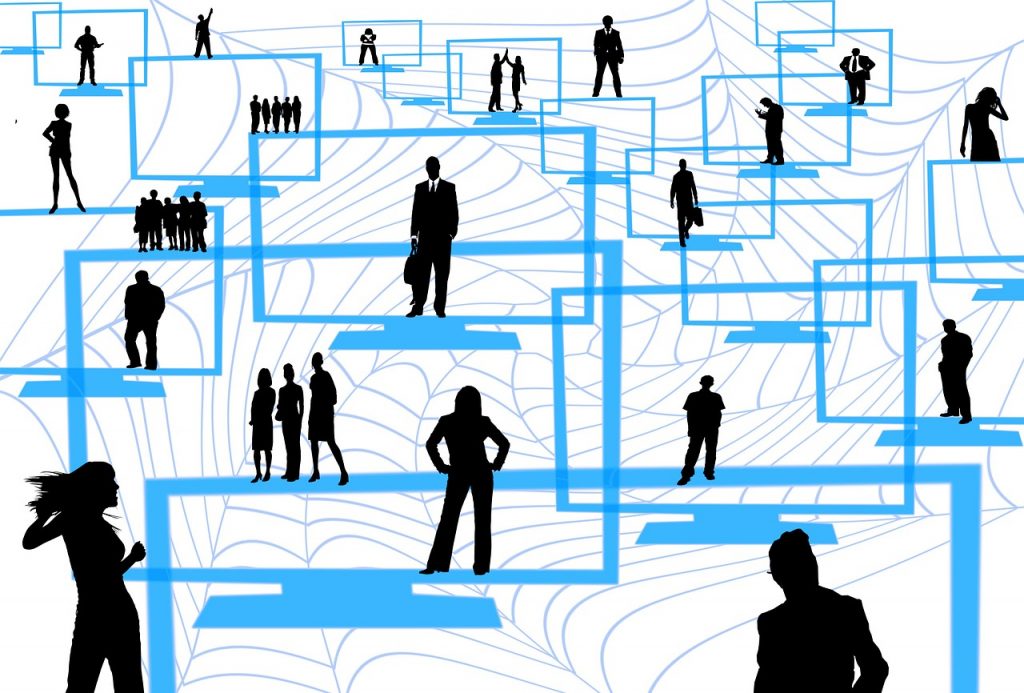Every morning, millions of employees around the globe open up their email and sort through messages to prioritize their day. While there may have been a time when our personal and professional lives were mutually exclusive, the global economy, and most recently COVID-19, have meshed these two worlds into one entity. The success of our recent work from home experience means that we may no longer have the ability, nor the need, to separate the two. The challenge lies in that now we have dragged personal targeted marketing into the workplace, unleashing Big Data at its fullest. What does this mean to the enterprise, and how do we prepare for the risks?
Big Data is alive and well and living in our inbox

As the retail industry moves away from the shopping mall and into the realm of online shopping, we have become victims of the latest surge of spam attacks. For every purchase we make, and every search we undertake, we receive a request for feedback along with purchase suggestions. While this is indeed irritating AF in our inboxes, with the blending of home and work, this spam has now followed us into the office, and the reasons are not as innocent as they may seem.
When we respond to these requests or click on an advertised sale item that has conveniently arrived in our inbox, the data collection process begins. While it may have seemed simple and harmless enough to provide feedback regarding online purchases at one point in time, the explosion of entities collecting data now means there is a more significant implication. Protected by low consumer awareness and complaint-based regulatory government services, these entities are compiling our personal information and then offering it for sale as a very profitable cost center.
As we connect our personal computers to our corporate VPN, data brokers are now able to link us to our respective enterprise environments. The same holds true when we connect to external WiFi. As soon as we do so, Big Data links us to that location, person, and corporate entity.
We are all connected

While it’s hard to fathom, the implications go beyond cybersecurity. Technology specialists have become quite good at protecting the enterprise from spam, phishing emails, and viruses in general. But how do we expand that protection from the implications of Big Data and the resulting assumptions that are derived? It is no longer just the reputation of us as individuals that we need to be mindful of. We now have to be aware that the enterprise is potentially at risk of being labeled with a less than desirable reputation due to the assumptions of Big Data companies that are cleverly gathering our data.
The neighborhood connection
This past week, I was visiting a neighbor and connected to her WiFi to do some shopping searches. It is important to note that I was logged in to my own personal shopping account for that website. I now receive, in addition to notifications of my recent searches, notifications of her recent searches, and she also receives mine.
The algorithms of Big Data are skilled at categorizing us as individuals. Spam arrives daily into our inbox, as do alerts on our personal devices. These messages are targeted to our age group, gender, and shopping preferences based on algorithms, assumptions, and yes, I’ll say it, profiling. That horrible word that has been outlawed in human resources and law enforcement is alive and well in the world of Big Data. Now that we have blended our lives so seamlessly, we need to re-educate employees on what is acceptable and what is not when connected via corporate VPN or WiFi.
How was your service today?

Whether we have just attended a seminar, made a purchase online, or called a helpdesk for assistance, we have all been recipients of the request for feedback. But how innocent are these requests, and what is the objective of the sender?
In most cases, the organization that has subscribed to have their data analyzed is looking for information on how to improve their bottom line. They are looking for answers to questions such as how to encourage their customers to make more purchases, or how to improve the quality and the speed of their call center. But what else is happening with the data that is collected? The problem is that we don’t exactly know. In most cases, we don’t even know where that data is living, and once moved to a location with less regulation, we have no control over the release and use of that data. We have seen the issues that arise, and we do know that the organizations that collect Big Data on behalf of their subscribers are fiscally motivated to leverage the data to their advantage. Now that our personal and professional data is linked, new assumptions can be derived about the personalities and spending patterns of employees within a particular industry or type of organization. This information can then be leveraged to derive assumed patterns of the organization itself. What will happen with that information can easily be left to the imagination.
We can’t stop progress — or Big Data
There are many reasons to leverage Big Data that benefit the human race. Think of digital phenotyping and the ability for even small companies to identify and leverage their previously unknown competitive advantage. For these reasons, Big Data will live on. While we know that it has become more critical than ever to lock down our Big Data security, we are now also learning that we need to be aware of the data we are supplying to outside entities, as well as where we are when we supply it, and the medium we are using. We have learned through the years never to assume privacy, but the rules around that statement have now changed to leverage the current environment. As always, we combat these newly identified risks by updates to the security policy and employee education. The process to protect the security and privacy of the enterprise and the employees within it is a growing challenge that needs to be considered and reviewed on an ongoing basis. Who knew that COVID-19 would add such an indirect and yet challenging layer?
Featured image: Designed by Freepik



